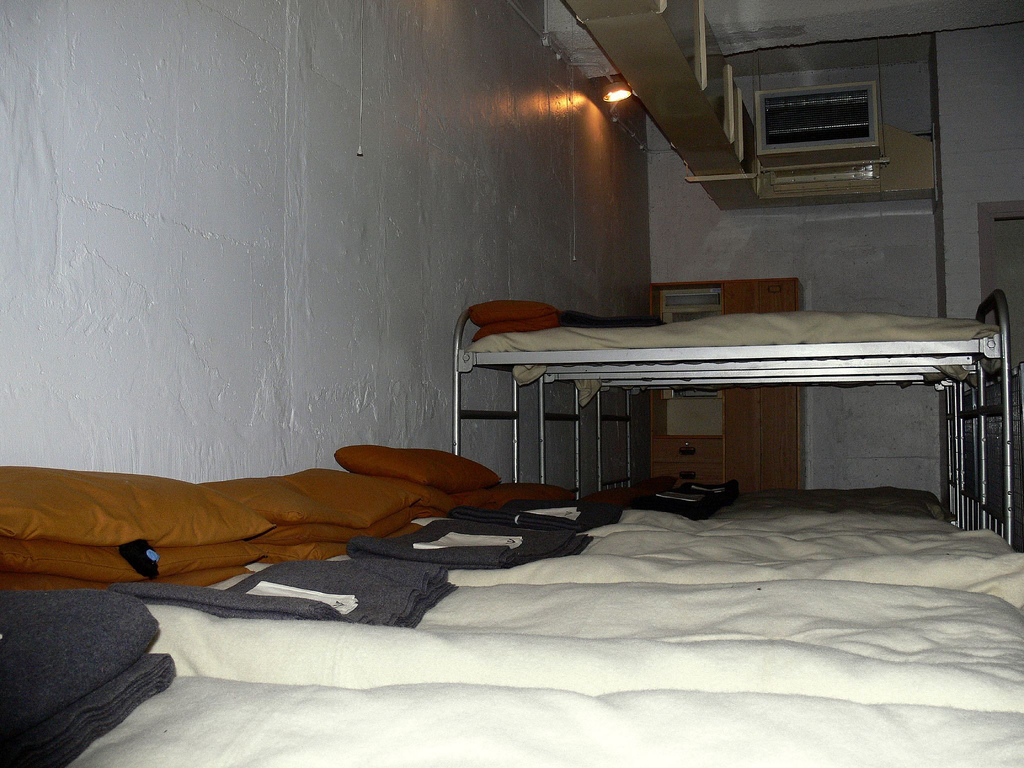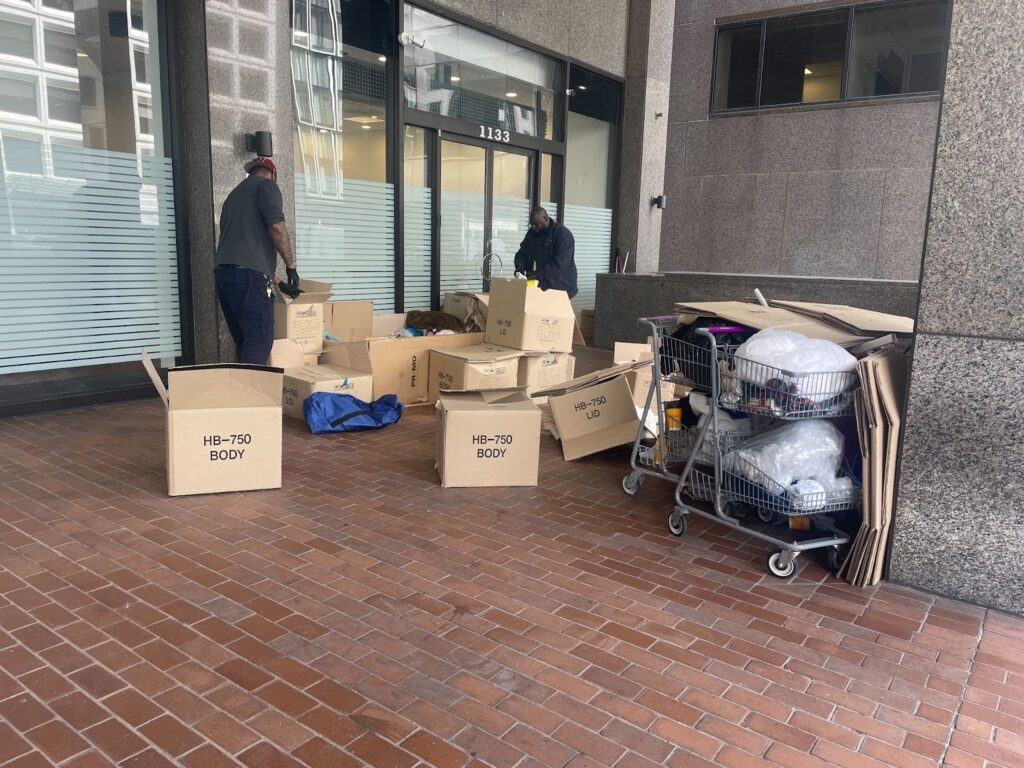Advocates at Sasha Bruce Youthwork, the nonprofit that runs the District’s only youth shelter, say that they have been turning away two to three homeless and runaway young people each day.
They say they have had no choice but to close 11 of the 16 beds at the youth shelter in Northwest D.C. after city funds were reduced.
Sasha Bruce executive director Deborah Shore described the loss of funding as a “tsunami for our homeless youth,” in her testimony at a recent hearing on the city’s human services budget for the coming fiscal year.
The emergency shelter serves youth ages 11 to 17 by providing a safe place to stay and intensive counseling services. The shelter which was founded in 1974 as the Streetwork Project, has grown into the organization now known as Sasha Bruce Youthwork to provide services reaching nearly 15,000 at-risk youth.
Independent Living Program (ILP) participant Shameka Swinton said the loss of funding was a “bad decision that will not make the situation for the homeless any better.”
City officials say that agencies are working on many fronts to help shelter and protect runaway and homeless young people and that city funding provided to Sasha Bruce is now going to other programs.
Department of Human Services spokesman Reggie Sanders said that September 2012 marked the end of a $500,000 Child and Family Services Agency (CFSA) grant to Sasha Bruce for respite and family intervention services. He said the grant was intended to provide short term help and counseling for families coping with troubled teens.“The grant was not intended to fund a shelter for homeless youth,” Sanders said.
“CFSA extended the grant through December to make an assessment of the program and the review revealed that fewer than 20 families with any CFSA involvement were served each year,” said Sanders. Officials decided that a Department of Human Services program known as Parent and Adolescent Support Services (PASS) could meet the need for family counseling and supportive services, along with contract support from existing providers on an as needed basis.
“As a result-and with agreement from Sasha Bruce–DHS and CFSA recently signed an agreement transferring $130,000 in funding to DHS to serve the families and youth that otherwise would use the respite services provided in the former Sasha Bruce program,” Sanders said.
“The Mayor and administration officials all recognize that youth homelessness is an issue that requires attention and we are working to address increasing needs in this area on numerous fronts. For example, DHS provides about just over $3 million annually for specific youth homeless services. These numbers do not include the services that youth receive when they use the District’s adult and family system,” said Sanders.
Sanders noted that about 30 percent of the families served at the city family shelter at the former DC General hospital are headed by parents under the age of 24. He added that in fiscal year 2013, his department has dedicated $2.4 million for services to unaccompanied youth. In addition, the district’s Child and Family Services Agency spends about $1 million a year in its rapid rehousing program to prevent homelessness for youth aging out of foster care. He said an additional $500,000 will fund an expansion of those existing programs.
“The bottom line,” said Sanders, “is that our funding of these kinds of services is growing and not being cut.”
James Beck, development director for Sasha Bruce Youthwork said the loss of funding threatens the basic missions of his organization, which strives to provide emergency shelter, independent living and street outreach.
“This city historically has appreciated the need to offer shelter to younger people,” Beck said.








